The nineties, what a time to be alive. Grunge music was thriving, prices were low, and the world was at a seemingly mellow and innocuous place (comparatively). And did we mention the prices? Looking at the photos of that golden decade is enough to make anyone want to travel back in time.
We’ve been waxing nostalgic for times long past, when a trip to the gas pump didn’t cost you and ear and a leg and when the thought of buying a home wasn’t a distant relative of the American dream. Read below to get blown away at how much things have changed. Fair warning, prepare to throw your wallet out the window…
Get That Bread
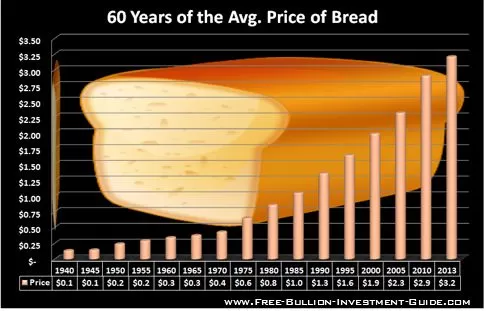
If you’re following the trend of this article, then you won’t be surprised that the cost of bread was much (much) cheaper than when it was in the nineties. The average price of bread back then was around $1.29.
Today, per loaf of bread, you’re looking at spending more than $3.20 to get your peanut butter and jelly sandwiches.
A Very Cheap Meal
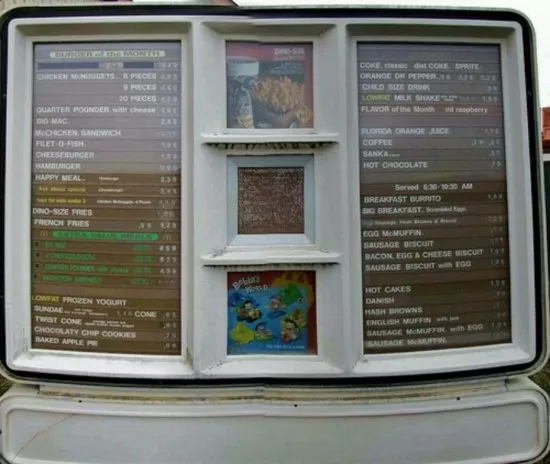
The nineties were also kind to those of us who liked to indulge ourselves in a McDonald’s meal and some french fries. A hamburger? Only $0.89! Or what about the coveted Big Mac? In the nineties they were only around $3.00.
Today, a Big Mac has an average price of upwards $6.00. While McDonald’s is still considered “cheap food,” there was a time when this was deeply true. That ship has sailed.
You’ve Got Mail
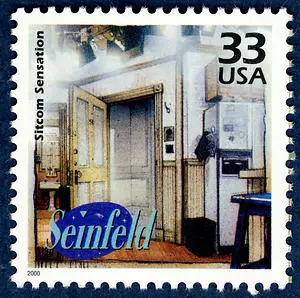
You more than likely do not have mail in this day and age. At least not the fun kind, like opening the mailbox and seeing a letter from a loved one on vacation who just so happened to use a forever stamp.
Now, this scenario sounds like more of a nineties scenario and for good reason too. It was before the boom of technology and instant messaging, and also the forever stamp only cost anywhere from $0.33-$0.49. Today, you’ll find the same stamp for upwards $1.15.
Milking It
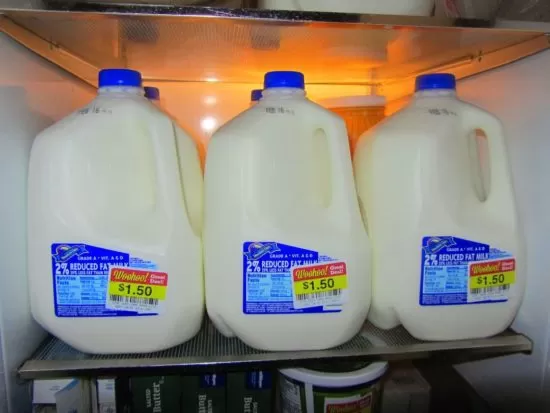
Milk has been to American households as dollar bills to a wallet. And yet, this has not been able to keep the prices of the famed beverage down. In the nineties, a gallon of milk went for $0.99 to $1.00. Not too bad.
Today, the same gallon of milk can cost upwards of $3.16. That is a pretty penny for some milk!
Cheap Nineties Gas
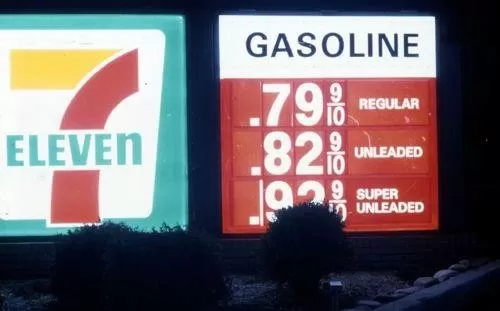
It almost hurts to look at, doesn’t it? This gorgeous throwback of dirt cheap gas prices. What a time to be an American driver! On the road, not a care in the world. Why? Because you can afford to hit the gas and take it all in.
We aren’t trying to rub in. It hurts us too. Given that the average price of gas is trending upwards more and more everyday and that $5.00 barely gets you around the block, yes we mourn the nineties.
Cheaper By The Dozen? Not Quite
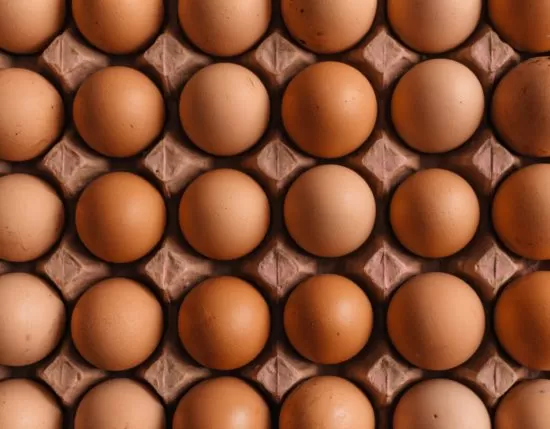
Back in the golden era of spending (the nineties) you could get one dozen eggs for the beautiful cost of $0.99. You could eat eggs for a week and then some on a buck!
The price has more than doubled, and that also depends on whether or not you want the cage free, the free range, the free range on a farm, etc. Best wishes.
Get In Loser, We’re Not Going Shopping (It’s Too Pricey)
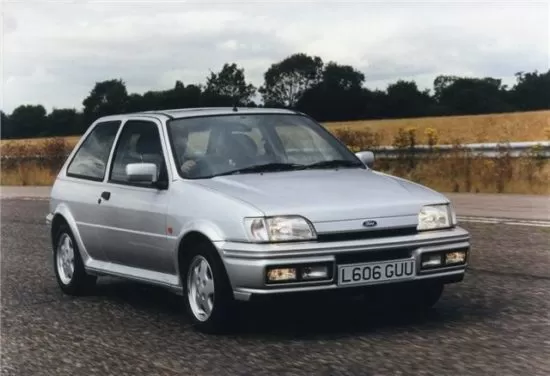
While many of us wouldn’t dream of buying a new car in this day and age (what is so wrong with used?) there was a time when it wasn’t an out of this world notion. Back in the heyday of the American economy, the average price for a car was typically about $9,437-$13,600.
Today, the average price for a brand new car sits somewhere around $36,270. So that’s cool. On top of that, even used cars are incredibly expensive. Guess we’ll walk.
Buying A Home?
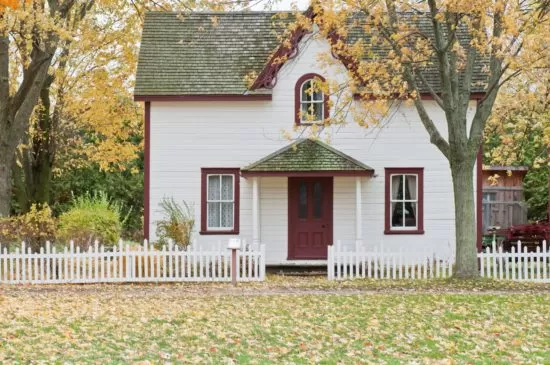
The American Dream was built on the idea that one day you’ll own a home with your beautiful family on your beautiful property and live a sweet and prosperous life. Ahh, what a time. In the nineties the average price to own a home was around $79,100.
Today, that number has skyrocketed. By 2018, the average cost to own a home sits at $217,300.
Apples To Apples
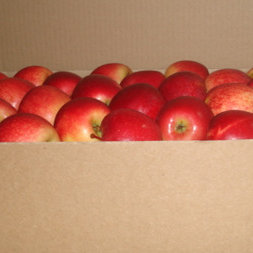
In the nineties, one could get an entire pound of apples for $0.99. The average apple weighs between 150 and 250 grams, and there are about 454 grams in a pound. Not too shabby.
However, nowadays a pound of apples can run up to $1.44 per pound which really sets the average American back on how many apples a household can get compared to the nineties decade.
